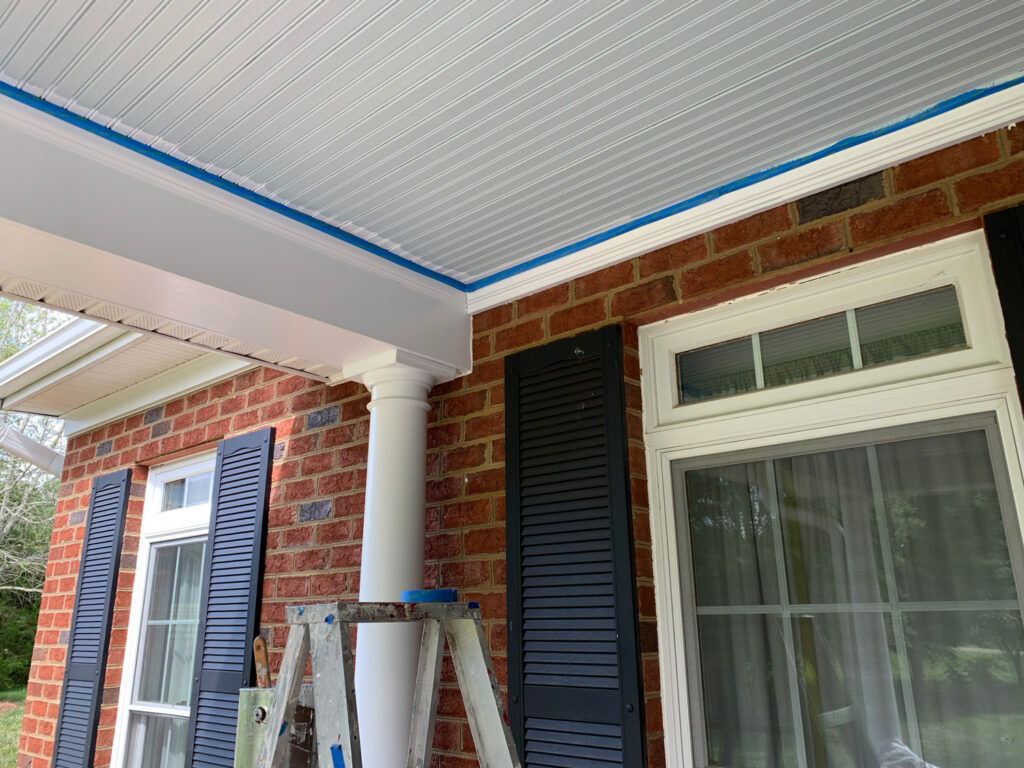How do I paint Beadboard Ceiling with deteriorated polyurethane and mildew?


Painting is a great solution. It is the most cost-effective and you can pick any color desired. Like all jobs, it is the preparation that matters the most. With the mildew and polyurethane, there are several steps to achieve a great end product:
Ampa Creative Home offers finish carpentry, interior design, and handyman services in the Richmond, Virginia Metro area. We started our business as stage set and prop designers and fabricators for the event industry. With our fine carpentry and artistic skills, we are very good with wainscoting wall panels, finish carpentry, painting, and artistic projects. In general, we are problem solvers and get the job done.
Share This artical!
Carpenters, designers, theater technicians and creative people – what a great combination for creative home projects and repairs. Our skill set is perfect for the home, home improvement, and repair.
